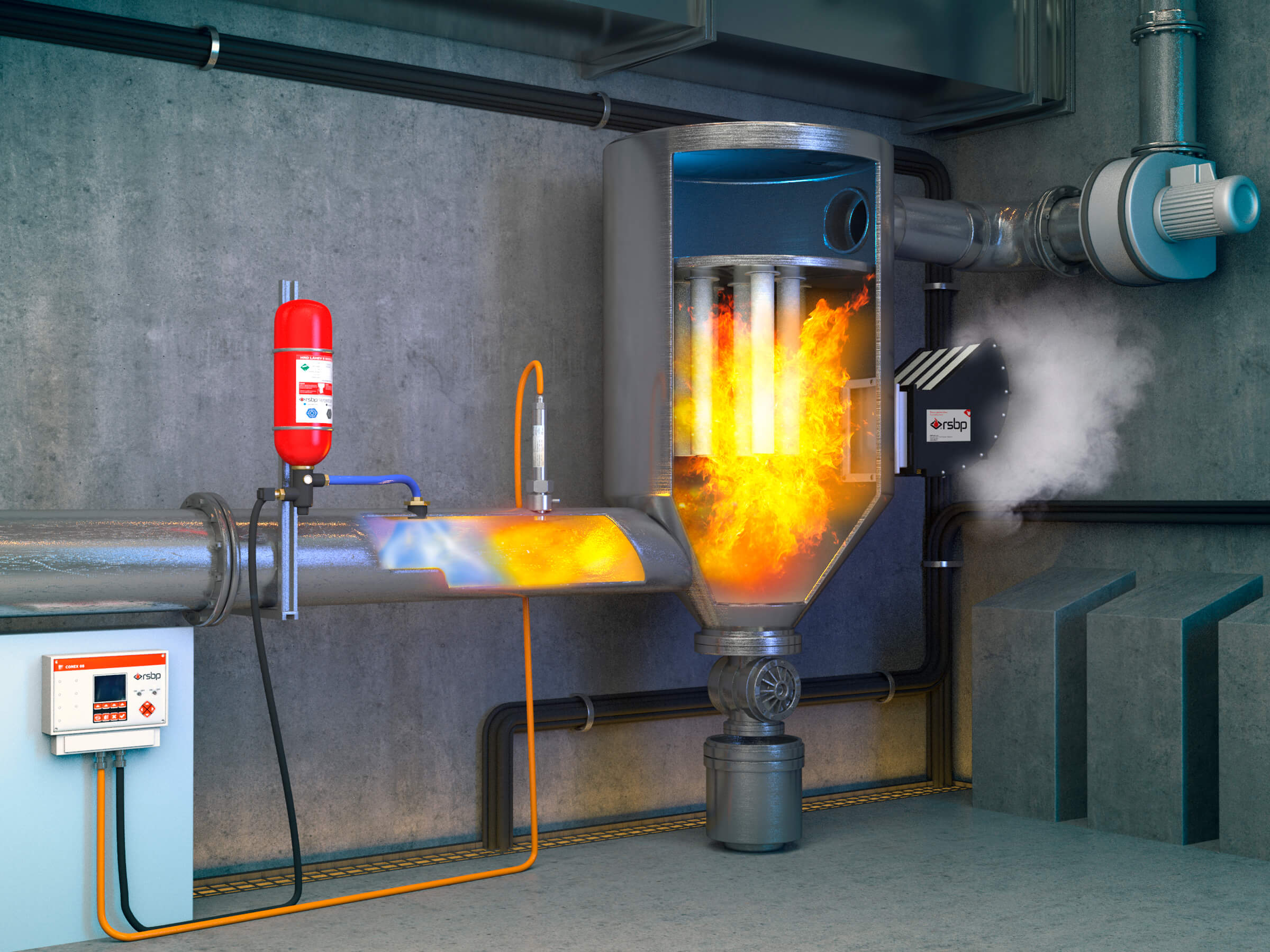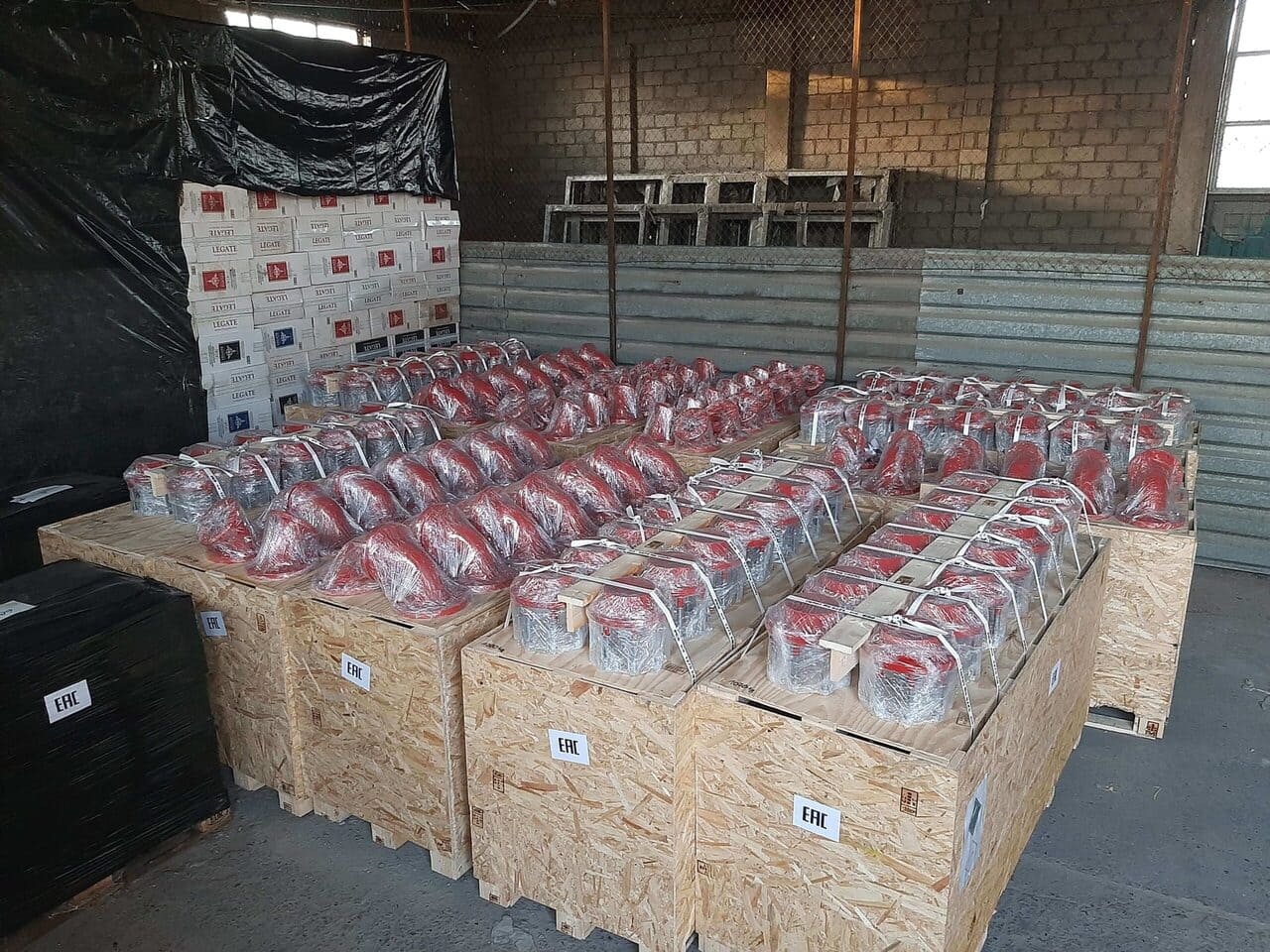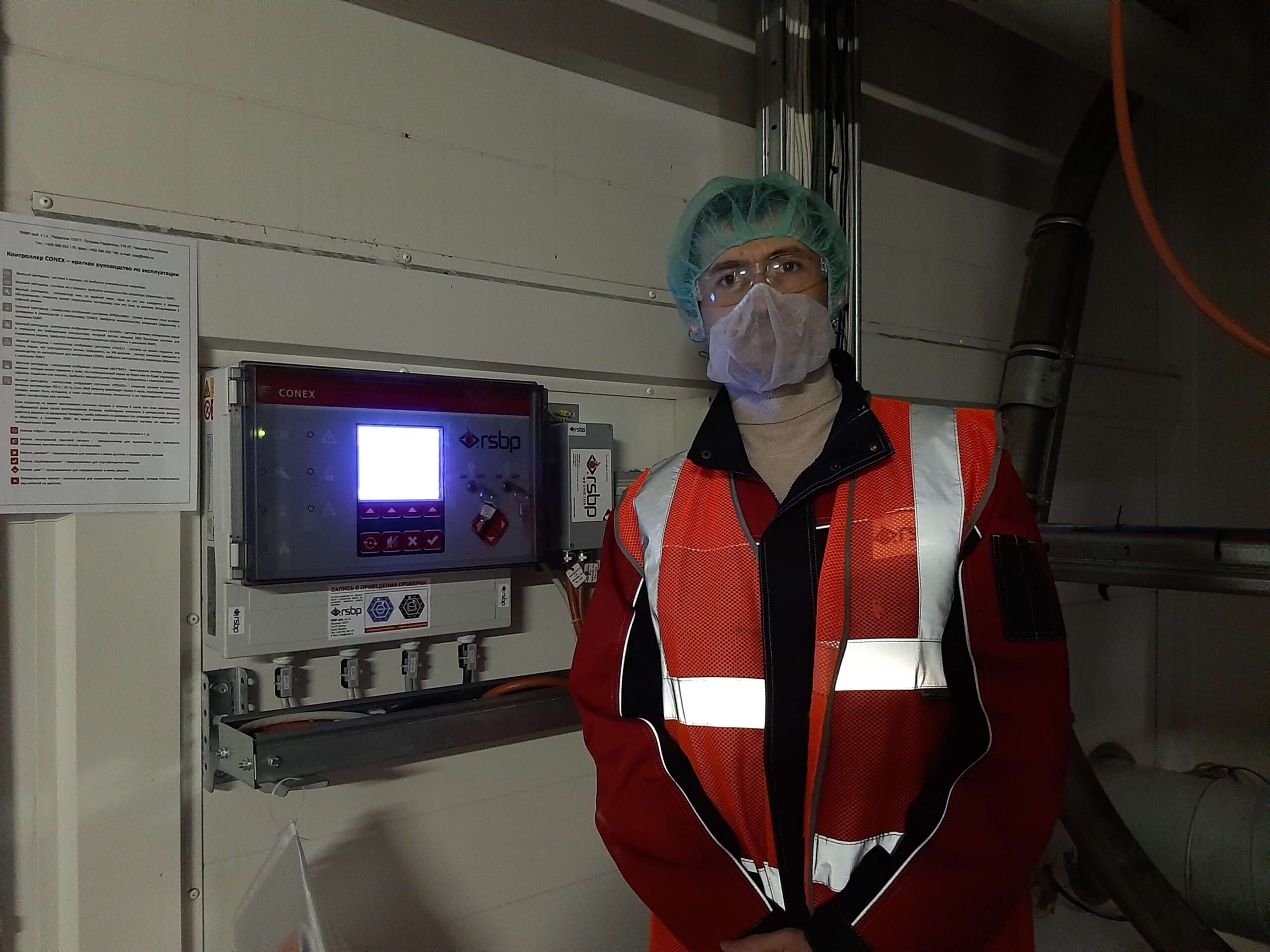Problem
The technological process of fuel combustion in coal-fired thermal power plants implies preliminary coal grinding to dust - dust preparation. For this purpose, special devices - crushing mills - are used.
Dust preparation plants are hazardous due to combustible coal dust. It combines with the oxygen in the air to form an explosive mixture. There are always ignition sources in the boiler rooms of thermal power plants:
- Sparks from hammer mills;
- Heated surfaces;
- Burning dust particles;
- Metal objects;
- Smouldering and others.
A combustible dust/air mixture combined with an ignition source leads to localised explosions and dust explosions. Such phenomena can cause a larger accident.
Statistically, one in three thermal power plants with dust combustion has experienced explosions and dust explosions. These accidents are more frequent in mills with intermediate hoppers than in direct injection dust systems.
Due to the dustiness of the boiler rooms, slamming in mills on several occasions led to a series of secondary explosions in CHPPs, which caused considerable damage due to destruction.
Task
Dust explosions cannot be completely ruled out in coal-fired CHP systems. Such facilities must therefore be equipped with explosion protection devices suitable for the operating conditions.
In the first phase, we were tasked with carrying out an explosion risk audit of the plant and selecting and supplying the necessary equipment.
The result
We carried out an audit with a site visit by experts. The following work was carried out during the survey:
- Hazard sources were identified and hazardous areas classified;
- The functioning of the existing passive explosion protection system was analysed;
- Possible ignition sources were determined;
- Potential explosion hazards (extent of expected damage) have been determined;
- Measures to reduce the risk level are proposed.
In many old Soviet-style coal-fired thermal power plants, passive explosion exclusion is provided as an explosion protection method. It uses explosion dischargers - special doors and panels that cover openings in the process equipment. During an accident, the blast dischargers are opened by the blast wave and release the overpressure to the outside.
This is an economical solution, but it can safely be used mainly in open areas. Where there is no risk of injury to persons or adjacent equipment from the products of an explosion: shockwave, open flames, burning particles and debris.
Passive explosion protection in dust preparation systems has another disadvantage. There have been cases where the triggering of non-return valves or explosion dischargers has created a swirl of combustible dust in the boiler plant, leading to a series of devastating secondary explosions.WW
We have proposed a method of active explosion protection.
The result
In our opinion, the best way to protect dust preparation mills against explosion is by explosion suppression. A system of sensors, controller and cylinders with an inert extinguishing agent is installed on site.
Optical sensor detectors detect an explosion at its incipient stage by reacting to a rise in pressure. The controller, on receiving a signal from them, issues a command to activate the cylinders and inject an extinguishing agent. The whole process takes no more than 60 ms.
We offered the customer a complete technical solution:
- HRD explosion suppression system;
- Explosion localisation devices.
We purchased and supplied equipment from the Czech manufacturer RSBP spol. s r.o. This is one of the leaders in the field of technical explosion protection devices.
The equipment was delivered from the Czech Republic to the facility in Kyrgyzstan within the contractual deadline. However, due to covid restrictions, the installation and commissioning specialists were not able to enter the territory of the customer's location. The work had to be divided into two phases.
Read more: "Explosion protection for a dust preparation system of CHPP boiler plant. "



